Intel?s 3D-stacked Lakefield chips are here to take on ARM in laptops, tablets, and foldables
The Verge
JUNE 10, 2020
Intel’s 3D-stacked Lakefield processors are finally getting an official debut after months of previews, promising to bring a smaller, more versatile chipset option to hardware manufacturers for new ultraportable, foldable, and dual-screen devices in what might be Intel’s best answer yet to ARM. Illustration by Alex Castro / The Verge.

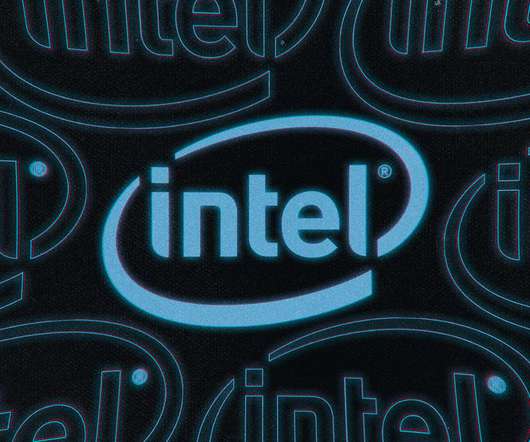


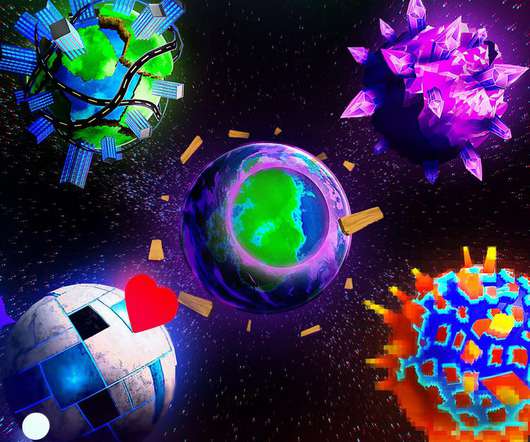
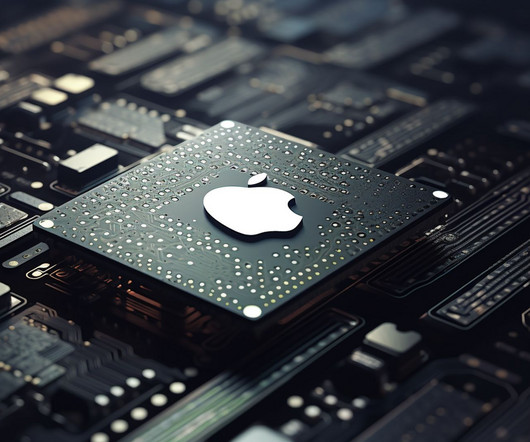
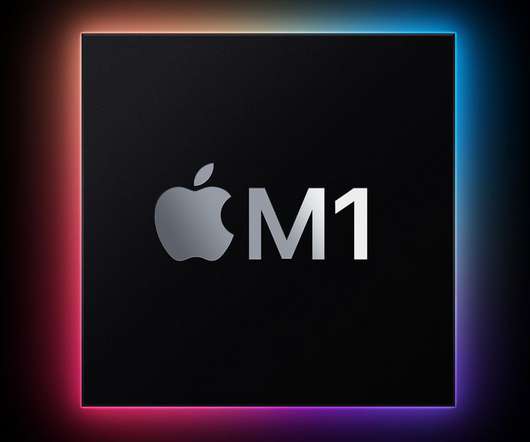
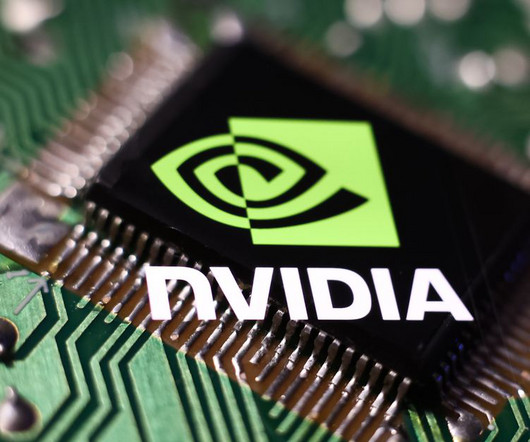




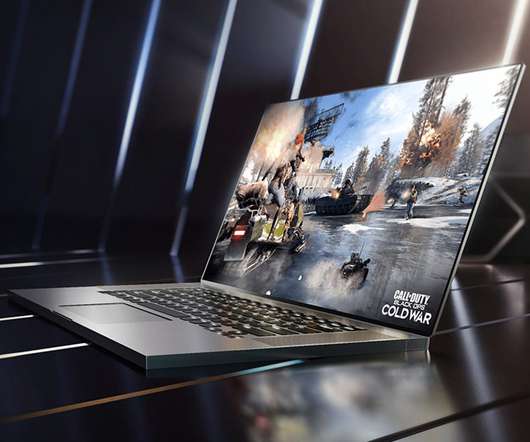











Let's personalize your content